Post by Adriana Pierce, Corps de Ballet
An artist’s comfort zone is something to be both treasured and feared. Great risks can be taken when an artist feels safe and confident. But creativity is often the most inspired, the most dangerous, the most innovative when an artist is forced to think outside of his or her world. Sometimes, those moments are the ones in which art grows the most.
I am a dancer who has whole-hearted reverence for 20th century neo-classicism and I have had very little exposure to the 19th century classical ballets. Indeed, if you had asked me a few months ago to describe Giselle, I probably would have just mumbled something about a Mad Scene and some ghosts. Or I may have shrugged and said stubbornly, “It’s old.” However, having now spent a large part of this season working on Giselle, I have come to appreciate the role that it plays in the history of the development of dance, and I am so inspired by the challenges it has presented to me.
An important aspect of the 19th century ballet masterworks is the use of pantomime- a storytelling device consisting of series of gestures which take the place of spoken conversation. Each gesture represents a word or an idea that is essential to moving the plot forward. I had only a vague understanding of pantomime until I was granted the opportunity to learn the role of Giselle’s mother, Berthe, in our production, so I have researched and worked hard to prepare myself. Within the ballet, each thought is expressed by large, sweeping gestures for which the music has been very specifically composed. Though I have a background in acting and musical theater, the language of pantomime is both freer and more limited than any expression of text I have ever encountered. In fact, when Giselle premiered in 1841, the emergence of pantomime as a narrative means was criticized for a lack of realism. Audiences had a hard time buying into the characters’ pantomime interactions, and felt that the movements alone were not sufficient enough to carry the story.
For the past few months, I have continuously asked myself: How do I produce each movement as it was aesthetically intended while still giving each gesture an honest portrayal of the thought it represents? How can I uphold the historical importance of pantomime but make my performance real, organic, and relevant to a 21st century audience? Can I make Giselle’s mother into a multi-dimensional and sincere character while staying within the confines of the ballet-pantomime style? Working to answer these questions has challenged me to explore movement as an expression of emotion in new ways. I have had to bring Berthe to life using a different set of dramatic tools than I would normally rely upon. I am learning to trust new, separate instincts in order to create a character in the world in which she belongs.
The characters of Giselle exist in a place of theatre which is entrenched in language, yet which manifests its ideas in only gestured words. Though, truthfully, conquering a dance piece from 1841 was not on my bucket list, my Giselle experience has given me an opportunity to learn about and grow closer to the complexities of theatricality and performance. Visiting works from the past does not mean a halt in progress; it reveals to us what our art form can be in the future. I am thrilled at the chance to discover and dream, and to add a little bit of myself into the ballet which has enchanted audiences for over a century.






